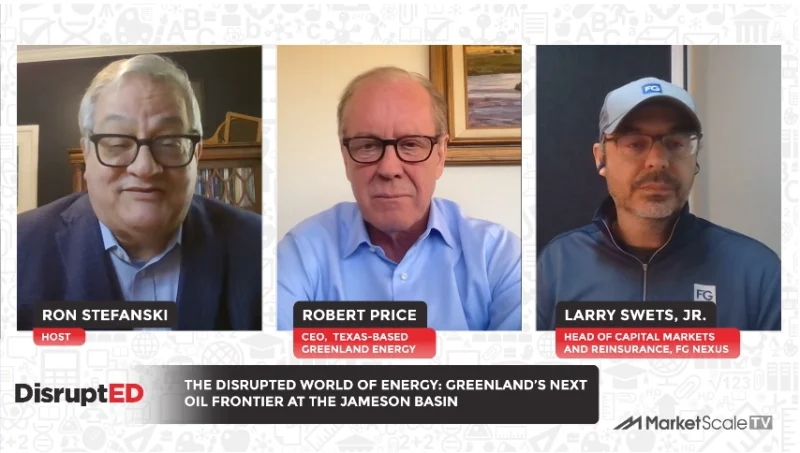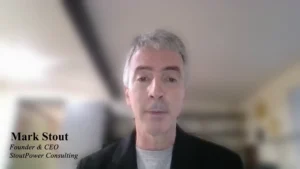Is the Transition to Renewable Energy Closer than it Seems?
“To become carbon-free, we need to adopt everything that can attack climate change.”
While the world stayed still in 2020, there was some good news regarding carbon emissions. BP reported that they dropped 6% and that energy consumption fell by 4.5%. Along with these reductions, wind and solar power grew at a record rate. Could there be hope for a shift in the way the world produces power? Digging into the topic, Voice of B2B Daniel Litwin spoke with Mark Frigo, Vice President of Energy Storage at Nexamp, a vertically integrated solar and energy storage solutions company.
“The emissions drop was simply due to COVID and unfortunately not a lasting trend. Consumption is likely to increase as more people are driving and flying. It’s still an unsustainable path toward radical climate change. Nothing’s going to stop this without real action,” Frigo said.
Frigo, though, is still encouraged by the growth in solar and wind, as the world looks to transform from a carbon-based economy to a renewable one. Interestingly China was one of the main drivers of new carbon-free energy, doubling its renewable capacity.
“They have a large internal need for power and to ramp up manufacturing capacity, so it’s an advantage to all for their renewable focus,” Frigo said.
In looking at the investments to further renewables, Frigo believed community solar projects would become “a large part of the transition to a carbon-free economy.”
That commitment to renewables is evident in the current administration, which is setting a goal of 80% of energy to come from these sources by 2030 and billions of dollars to make it happen. Of course, that will require investment in infrastructure.
“We need new technology to help implement the growth of renewables, so it’s R&D across the board,” Frigo said.
Follow us on social media for the latest updates in B2B!
Twitter – @MarketScale
Facebook – facebook.com/marketscale
LinkedIn – linkedin.com/company/marketscale








